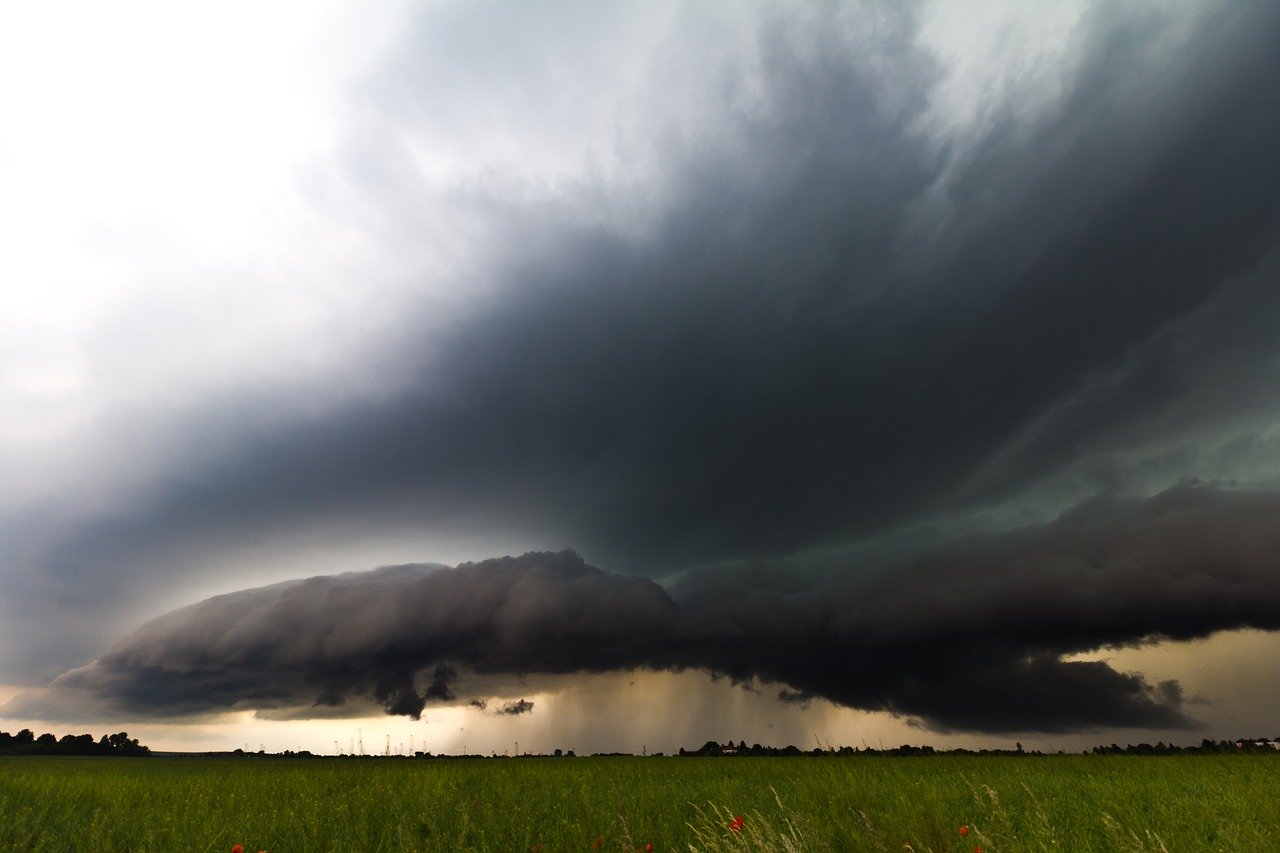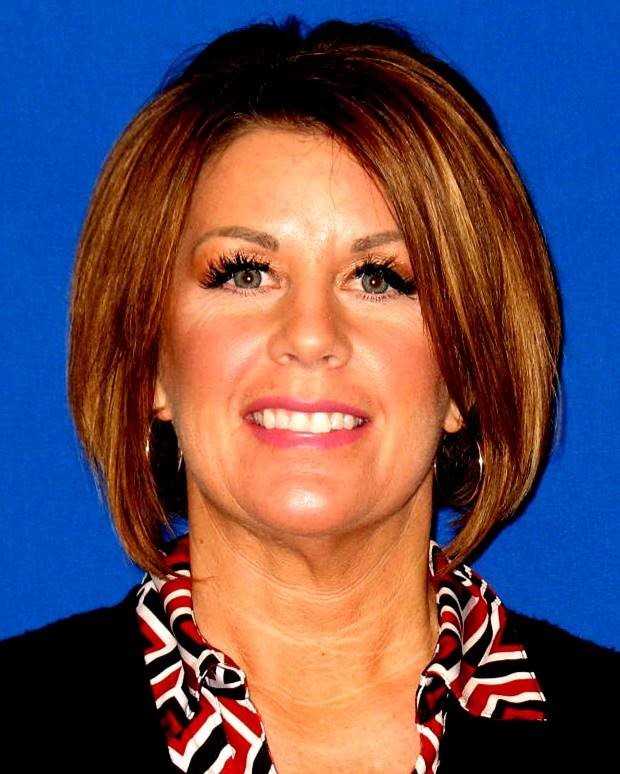In the center of the storm

So, we’ve all seen the memes that end with the blank stare on the person’s face because they just can’t process what they’ve seen or heard? You can almost hear the crickets …
I’ve seen that look for years when I explained my work in emergency management. It is a profession people struggle to understand. I get it. Folks like me tell you things you don’t want to hear and ask you to spend time and money you don’t have on something you may not believe will ever happen.
Emergency Management is just those two words. We take emergencies – the chaos, colliding information and competing priorities – and put management practices to them. Often, it’s like wrestling a giant, wet noodle. Just when you think it’s all handled; some part slips out of your hands. But we keep working on the emergency until the job is done.
For most emergencies, we can see the problem, fix the problem and get life back to normal. Then comes “the Rona.” This pandemic has tested Emergency Management in ways none of us expected and highlighted why we are needed. Here’s a short list of what we’ve done:
Find a building for contact tracing staff? Check.
Deliver cloth face coverings for our most vulnerable communities? Done.
Establish a temporary care center so residents can isolate or quarantine safely? Sure.
Create an online map of meal sites for students and families? Sure thing.
Set up large tents outside the Elections Office so voters can get help with their ballots? We can do that.
Pull together school districts to develop re-opening plans? Okay.
Rent a 68,000 square-foot warehouse for PPE and manage orders and distribution? Yep. On it.
Speaking of PPE – most of the PPE used in Pierce County has come through the Emergency Operations Center. A team of dedicated staff are constantly working with the state and hunting down sources. As those materials come in, we package them up to fill orders from the community. Medical offices, schools, fire departments and many other organizations have benefitted from this work.
A new effort for Emergency Management is the Mobile Testing Stations. These 30-foot trailers are set up around the community for a day at a time – kind of like food trucks. We provide free COVID tests to everyone who walks or drives up. We won’t turn anyone away, and we especially want people in at-risk communities to get tested. The more people who are tested the more we can learn about where cases are occurring and getting help to those communities. You can find the station schedule here.
And, you can learn more about the mobile testing in this video.
The testing stations have become popular because they reduce barriers – no symptoms, no “essential worker” requirement and we go to our residents, rather than have them come to us.
In Steilacoom, a station was set up a short walk from the farmers’ market and more than 300 people were tested over seven hours. A week earlier both stations were in the Blue Lot of the Washington State Fairgrounds. More than 800 people were tested. Cars were lined up at 5:30 a.m. for testing that started at 9:00 that morning.
The stations are staffed by County employees who setup the sites, register people, take the stations down and transport them to the next location. A contracted medical company takes the tests, runs the samples, and contacts people with their results. People with positive results are being notified within 48 hours. Those with negative results are notified within five to seven business days. We are working on improving the system and shortening the notification time for negative test results. That new system should start next week.
We’re planning to expand this program because of community interest. We think smaller, more agile stations could serve multiple locations in one day. I’ll let you know when we have more details.
And, these mobile stations will become more popular in the future. When a COVID vaccination is available for the public, Emergency Management will be ready. These testing stations will get repurposed and go out into the community to meet people where they live, work and raise their families.
Since March 1, your emergency management team, Tacoma Pierce County Health Department staff, countless Pierce County employees and regional partners have sacrificed their own safety and well-being to protect others. I am in constant admiration of everyone’s skill and commitment to serve the residents of Pierce County. You work behind the scenes often without recognition or accolades, but that never impedes the desire to do good work.
Everyone who has fought and continues to fight “the Rona” are my heroes.

Jody Ferguson
Director, Emergency Management
